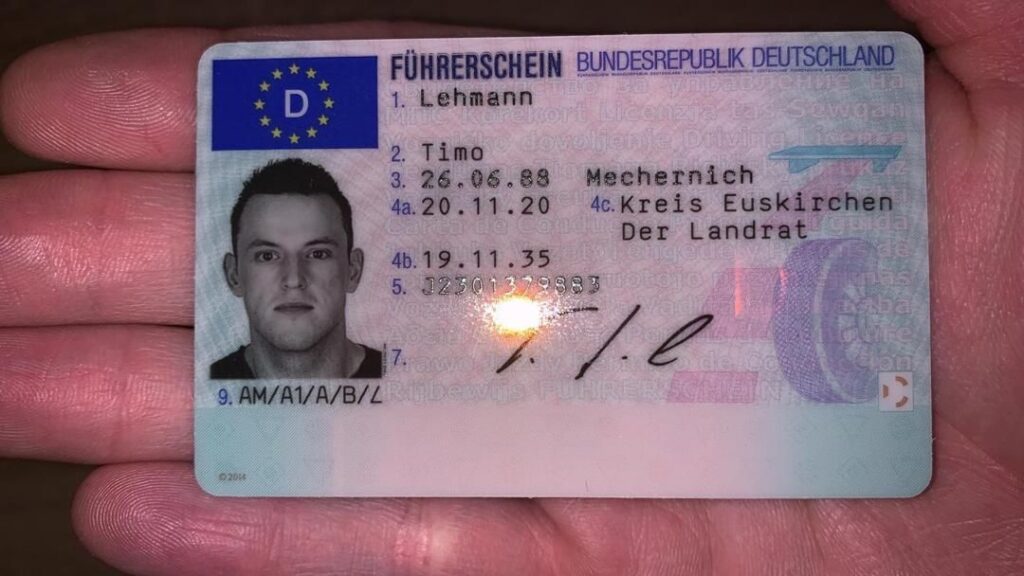7 Things About Road Traffic Regulations You'll Kick Yourself For Not Knowing

Understanding Road Traffic Regulations: A Comprehensive Guide
Roadway traffic regulations are important for ensuring the security of motorists, pedestrians, and other roadway users. These laws govern the operation of cars, the habits of chauffeurs and pedestrians, and assist in smooth traffic flow. This article looks into the numerous elements of road traffic guidelines, their significance, and some common rules and policies that every road user must be familiar with.
The Importance of Road Traffic Regulations
Road traffic guidelines serve a number of crucial purposes:
- Safety: They are mostly created to safeguard the lives of individuals on the roadway, minimizing accidents and injuries.
- Organized Traffic Flow: By establishing clear guidelines, these policies help in managing the flow of vehicles and decreasing blockage.
- Defense of Pedestrian Rights: They make sure that pedestrian crossings and rights-of-way are appreciated, promoting more secure travel on foot.
- Ecological Considerations: Certain guidelines aim to decrease ecological impact, encouraging eco-friendly driving practices.
- Legal Framework: They offer legal responsibility for chauffeurs and pedestrians, marking charges for violations.
Key Elements of Road Traffic Regulations
Understanding roadway traffic regulations is essential for compliance and security. Below are a few of the essential components:
| Element | Description |
|---|---|
| Traffic Signs | Various signs that offer info and instructions to motorists. |
| Traffic Signals | Lights that regulate the flow of traffic at intersections. |
| Speed Limits | Maximum and minimum speed limitations set for different roadway types. |
| Right-of-way Rules | Standards on which road users must go first at intersections. |
| Safety Belt Regulations | Laws mandating the wearing of seat belts for driver and passengers. |
| Driving Under the Influence | Stringent penalties for operating a lorry while impaired by alcohol or drugs. |
| Car Registration and Licensing | Requirements for lorries to be registered and motorists to possess valid licenses. |
Typical Traffic Regulations
Although traffic policies can vary from one country to another, some common rules are typically observed worldwide:
1. Speed Limits
Most jurisdictions impose speed limitations based on roadway type and area, such as:
- Residential locations: 25-35 mph
- Urban locations: 30-50 miles per hour
- Highways and freeways: 55-70 mph
2. Drinking and Driving
Driving under the impact of alcohol or drugs is unlawful in many places. Typical blood alcohol concentration (BAC) limitations are:
- 0.08% for basic drivers
- 0.00% for novice or commercial chauffeurs
3. Seat Belt Usage
Safety belt need to be used by all occupants in an automobile. Failure to comply can cause fines.
4. Pedestrian Crossings
Motorists must accept pedestrians at significant crosswalks and abide by signals directing pedestrian motion.
5. Cellphone Use
Utilizing portable devices while driving is prohibited in numerous locations to lessen distractions.
Frequently asked question Section
Q1: What should I do if I witness a traffic violation?
If you observe a traffic offense, you should collect as much details as possible (vehicle description, license plate number, place, and time) and report it to local police.
Q2: How can I remain updated on changes in traffic regulations?
Traffic laws can alter periodically. Ersatzführerschein Express are generally released by local government websites. It is a good idea to follow local news or traffic law enforcement firms' announcements for any changes.
Q3: Are there particular traffic guidelines for commercial chauffeurs?
Yes, commercial motorists typically face more stringent policies, such as driving hour limitations, vehicle evaluations, and unique licensing requirements.
Q4: What happens if I break traffic policies?
Penalties for breaking traffic laws can consist of fines, points on your license, and in serious cases, imprisonment. Repeated violations may lead to the suspension of driving benefits.
Q5: How do traffic policies impact public transport?
Traffic guidelines are important for mass transit systems to work effectively. They help in establishing bus lanes, controling taxi services, and ensuring that public transport cars follow safety standards.
Roadway traffic guidelines play a pivotal function in maintaining the security and order of roads globally. Understanding these laws is not just a legal obligation however an ethical one that promotes the wellness of all road users. Constantly updating Kostet Ein Attest Geld about traffic regulations and adhering to them can considerably decrease the risks related to roadway travel. As neighborhoods develop and innovations improve, these regulations may likewise adjust, necessitating continuous learning for chauffeurs, bicyclists, and pedestrians alike.
By keeping notified and staying compliant with road traffic regulations, individuals contribute favorably to the shared obligation of road security, ultimately decreasing accidents and saving lives.

